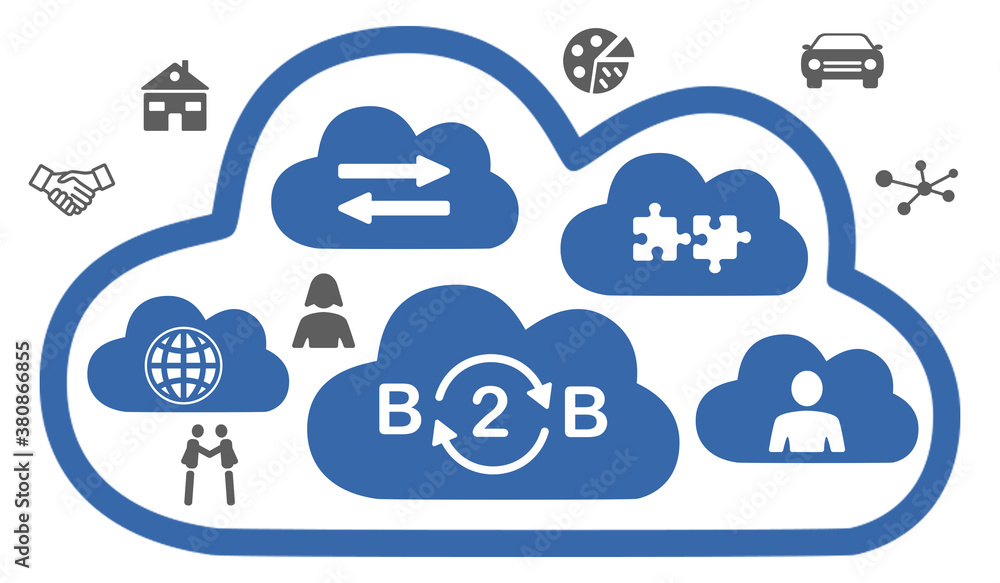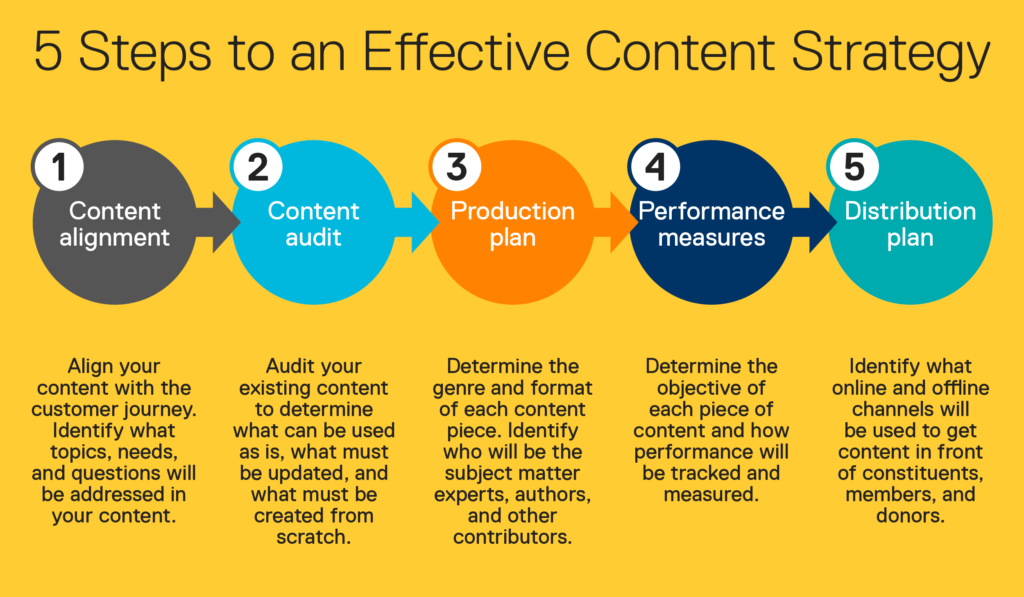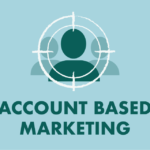When it’s crucial for sales and marketing teams to collaborate, many B2B organizations find a marketing cloud provides the missing piece in that puzzle.
There’s always a lot going on in B2B revenue organizations, but it’s not always coordinated. In the current market, sales, and marketing teams are expected to focus on different aspects of the revenue engine. The marketing team connects with potential clients and nurtures relationships along the funnel until they hand leads over to the sales team. This prepares the way for sales to build quality connections with prospects.
The right balance of sales and marketing talents creates a strong duo for business growth and performance. One survey found 70% of customers said that convenient processes, hassle-free handoffs, and customized engagement based on earlier interactions are vital for a successful business. These touchpoints are spread across multiple internal teams, but all experiences must provide the same level of quality.
Current marketers are expected to track and seize each aspect of sales and service. Ensure relevant data of target clients and content is delivered to the sales team on time. Integrated Marketing Cloud is one such dynamic platform that offers numerous effective marketing enhancement possibilities.
What Is an Integrated Marketing Cloud?
An integrated marketing cloud is a customer engagement tool for B2B marketers. It’s used to generate campaigns and nurture relationships with target audiences. A cloud can be a potent marketing platform, with multiple tools designed to efficiently manage engagement and campaigns over different channels.
This dynamic tool lets users build multichannel experiences, and contact clients on the right channel at the right time through various media like SMS, email, push notifications, and ad campaigns. This helps increase customer procurement and sales. Marketing Cloud carves a way to efficiently strategize, examine, analyze, and make vital marketing decisions in real time.
What Is a Sales Cloud?
On the other hand, a sales cloud increases revenue by extending the scope and intensifying the sales team’s effectiveness in an organization. What stands out about this platform is that it accommodates both the customer’s account information and the information gathered from the product and the customer’s social platforms. This increases the probability of client conversions and closing sales because sales and marketers simply know more about their prospects and their needs.
Why Opt for an Integrated Marketing Cloud?
Let’s say a client joins a loyalty program with your company. The Marketing cloud system is triggered to send a welcome message. This same event would trigger data updates in the customer contact record in the Sales Cloud as well.
In Integrated Marketing Cloud, both these systems, a unified experience, is built to prevent customers from being contacted multiple times across various groups.
Marketing cloud integration also improves the sales team’s own email outreach by combining contact and lead data from your Sales Cloud with your Marketing Cloud campaigns. This combination renders a single view of how your customers interact with your business.
4 Examples: A Core Benefit – Allying Marketing And Sales Efforts
#1 The collateral data created by the marketing team is cached in the Marketing Cloud. The sales team can send the marketing-approved content straight from Sales Cloud to clients via integration. This implies that the sales team has access to the archives of stigmatized and approved, and can utilize it to target and convert potential clients.
#2 Furthermore, you can automate coordination between Sales and Marketing teams as well. For example, the Sales team sends out automated email/ text messages through various stages to a customer and is not converted into a client yet. These customers are shifted into nurture campaigns in the Marketing Cloud for automated follow-up. This provides the sales team with extra time to focus on other interested clients.
#3 Integrated Marketing Cloud also provides more cross-selling opportunities when marketing to existing clients. Once a new client is on-board, the marketing can gradually and seamlessly start promoting new products and services to generate more revenue from the existing customers.
#4 You can also track customers via digital footprints when they visit the website, capture customer interests, and obtain a user experience review. This helps the sales team to reach out to the customer with a personalized approach as they upsell, cross-sell, make conversions, or close deals. Generating additional business can still manage engagement through other channels such as newsletters, events, campaigns, etc.
The Excellent View from the 360° Customer Perspective
An Integrated Marketing Cloud helps sales and marketing teams access the wealth of valuable customer data and tools to help make those insights actionable. The integration allows monitoring of how a customer moves through both the marketing and sales processes and provides insight into what motivates clients to convert.
Marketing teams get valuable insight into customers’ requirements, the channels they actively use, and their brand interaction. The sales team can then leverage these insights to deliver highly-personalized sales pitches to clients with a higher conversion rate. Every pain point of a customer yields an opportunity to gather more insights.
With Integrated Marketing Cloud, the sales team acquires detailed insights into how customers receive marketing emails and whether they’ve opened them or clicked on any links provided in the email. This helps prioritize clients efficiently and shows what offers and messaging receive a good response.
Customized Approach and Messaging Breaks Through to Buyers
With Integrated Marketing Cloud, you create a customized client approach. It allows the segregation of existing clients and potential clients in a defined process. This helps you further personalize messaging for each segment and be more specific about targeting clients to increase customer loyalty and sales.





